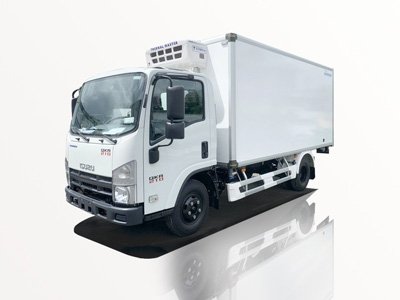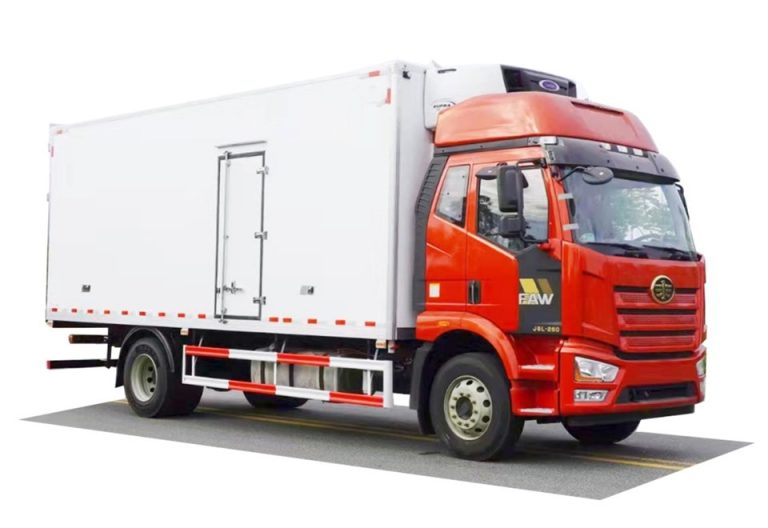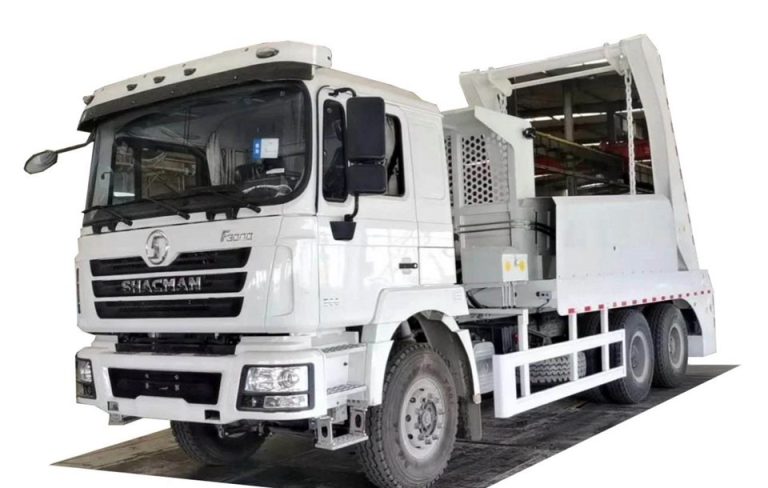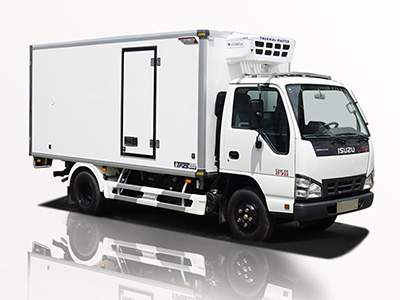Trash truck bodies play a crucial role in waste management, serving as the primary vessel through which garbage is collected, transported, and ultimately disposed of. Understanding the different types of trash truck bodies, their components, and their functionality can significantly enhance our ability to manage waste effectively. This article delves into the various aspects of trash truck bodies while providing practical examples, tips, and an extensive FAQ section to clear up any common queries.
What is a Trash Truck Body?
A trash truck body is the part of a garbage collection vehicle responsible for holding and transporting waste materials. Unlike the chassis or the engine, which are integral to the vehicle’s movement, the body is specifically designed to handle waste efficiently.
Types of Trash Truck Bodies
There are several types of trash truck bodies, each suited for different types of waste collection needs. The main categories include:
1. Front Loader Trash Truck Bodies
Front loader bodies are designed for commercial waste collection. They are equipped with mechanical arms in the front, allowing the truck to pick up large containers of waste.
Advantages of Front Loader Bodies
- Highly efficient for large-scale commercial collections.
- Can handle heavy loads without compromising the vehicle’s stability.
- Reduces the need for manual labor, improving safety for workers.
2. Rear Loader Trash Truck Bodies
Rear loader bodies feature a loading mechanism at the back, ideal for residential waste pickup. These trucks often have hoppers where crews can toss waste manually.
Benefits of Rear Loader Bodies
- Simple design makes them easy to operate and maintain.
- Perfect for neighborhoods with varying waste collection needs.
- Lower operational costs compared to other trucks due to ease of use.
3. Side Loader Trash Truck Bodies
Side loader trash trucks have loading mechanisms on one side, catering to both residential and commercial needs. They can often be operated by a single driver.
Key Features of Side Loader Bodies
- Reduces the need for multiple crew members, lowering labor costs.
- Can collect waste alongside curbs without needing to turn around.
- Ideal for narrow streets where maneuverability is key.
4. Automated Trucks
With advancements in technology, automated trash trucks have become more prevalent. These vehicles use robotic arms to collect waste, increasing efficiency and safety.
Pros of Automated Trash Trucks
- Minimizes human interaction, reducing injury risks to workers.
- Improves collection times significantly.
- Can be equipped with tracking technology for better route management.
Materials Used in Trash Truck Bodies
The construction of trash truck bodies involves various materials, each chosen for specific properties that enhance performance and durability.
1. Steel
Steel is widely used in trash truck bodies due to its strength and durability. It can handle heavy loads and is less susceptible to corrosion than other materials.
2. Aluminum
Aluminum is lighter than steel, which helps improve fuel efficiency. It is also resistant to rust, making it a popular choice for many trash truck bodies.
3. Composite Materials
Composite materials combine different materials to leverage their strengths. They are lightweight, durable, and can provide better insulation against temperature changes.
Components of a Trash Truck Body
A trash truck body comprises several essential components that work together to facilitate efficient waste collection and transportation.
1. Hopper
The hopper is the part where waste is first collected. It typically has a slanted design to help waste slide down towards the storage area.
2. Compactor
The compactor compresses the waste, allowing the truck to carry more materials in a single trip. This feature is crucial for maximizing efficiency.
3. Tailgate
The tailgate seals the back of the truck and helps contain the waste during transport. Many tailgates can also open for unloading purposes.
4. Loading Mechanisms
Depending on the type of truck, loading mechanisms can include hydraulic arms, lift systems, or manual systems for easier operation.
Buying a Trash Truck Body: What to Consider
Investing in a trash truck body requires careful consideration of various factors to ensure you choose the right equipment for your needs.
1. Waste Type
Understanding the type of waste you will collect—whether residential, commercial, or industrial—will help determine the appropriate body type and features needed.
2. Volume and Load Capacity
Consider your average volume of waste collection to determine the ideal load capacity. Investing in a larger body may be beneficial for high-volume areas.
3. Operational Costs
Examine the total costs of ownership, including maintenance, fuel efficiency, and potential repairs. Choosing a durable body can lead to lower lifecycle costs.
Maintenance Tips for Trash Truck Bodies
Regular maintenance is crucial for the longevity and efficiency of trash truck bodies. Here are some essential tips:
1. Routine Inspections
Schedule regular inspections to check for any wear and tear, focusing especially on structural integrity, hydraulic systems, and moving parts.
2. Clean the Body
Regularly clean the truck body to prevent buildup of waste materials that can cause corrosion or unpleasant odors.
3. Lubricate Moving Parts
Ensure all moving parts are properly lubricated to prevent wear and to improve functionality. This includes arms, hoppers, and tailgates.
4. Address Repairs Promptly
Address any repairs immediately to prevent further damage and reduce downtime, which can impede waste collection efficiency.
Innovations in Trash Truck Body Design
The industry is continuously evolving with new designs and technologies. Here are some notable innovations:
1. Advanced Compaction Systems
Many modern trash trucks feature advanced compaction systems that can pulverize waste, making it easier to manage and transport.
2. Smart Technology Integration
Smart technology, including GPS and route optimization software, is increasingly being incorporated into trash trucks to improve efficiency and reduce fuel consumption.
3. Eco-friendly Designs
Some manufacturers are developing eco-friendly trash truck bodies designed to minimize environmental impact through the use of sustainable materials and energy-efficient systems.
Regulatory Compliance for Trash Truck Bodies
It’s essential to comply with local, state, and federal regulations when operating trash trucks. This includes adhering to safety standards and waste disposal laws.
1. Safety Regulations
Ensure all drivers are trained on safety procedures and that vehicles comply with safety regulations in your region.
2. Environmental Standards
Many areas have specific environmental standards related to waste management. Stay informed on the latest guidelines to remain compliant.
3. Weight Limit Regulations
Understand the weight limits set by your local authority to prevent penalties and ensure road safety.
FAQs About Trash Truck Bodies
1. What is the average lifespan of a trash truck body?
The average lifespan can vary but generally ranges between 8 to 15 years, depending on usage and maintenance.
2. Are automated trash trucks more efficient than traditional trucks?
Yes, automated trucks often result in better efficiency by reducing labor costs and speeding up collection times.
3. How do I know what size trash truck body I need?
Your choice should depend on your waste collection volume, the types of waste to be collected, and the operational area.
4. What regular maintenance do trash truck bodies require?
Regular cleaning, inspections for wear, lubrication of mechanisms, and prompt repairs are essential for effective maintenance.
5. Can trash truck bodies be customized?
Yes, many manufacturers offer customization options to cater to specific needs, such as size or special features.
6. What materials are best for trash truck bodies?
Common materials include steel for its strength, aluminum for its lightweight properties, and composite materials for improved insulation and durability.



